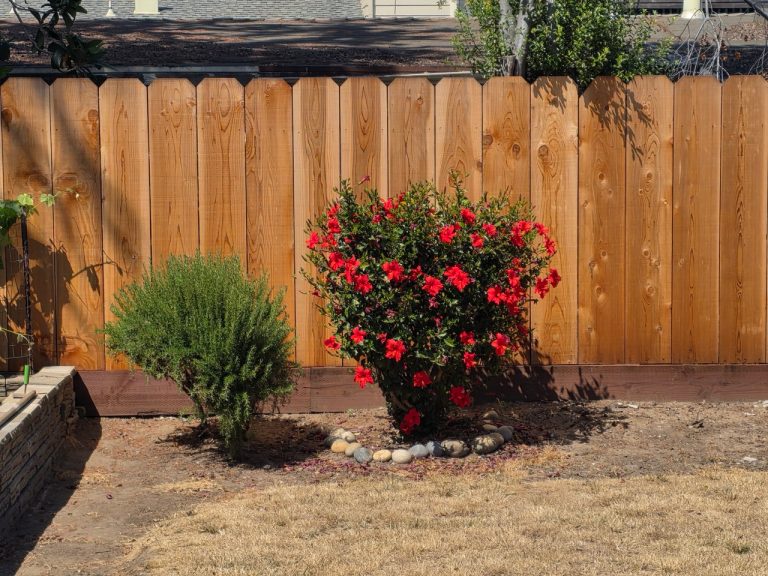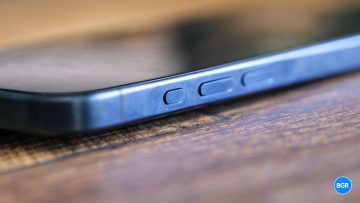Samsung Galaxy S25 Edge
The Samsung Galaxy S25 Edge is impossibly thin, but it sacrifices some features to get there. Is it worth the price without those features?
Pros
- Super-thin build looks and feels great
- Awesome screen
- Powerful performance
- 200MP main camera is good
Cons
- No telephoto camera
- Battery life is so-so
| Buy From | List Price | Sale Price | |
|---|---|---|---|
| $1,099.99 | $1,099.99 | See It |
Thin phones are in… or at least Samsung thinks so. While others have been slowly making thinner phones iteratively, and Apple is rumored to be working on an iPhone 17 Air, Samsung beat Apple to the punch with the Samsung Galaxy S25 Edge. The device is built to offer a flagship experience in a body that’s only 5.8mm thick. That’s very thin.
Only one question, though. Is this something people actually wanted?
Apple learned the hard way that compromising features for the sake of thinness isn’t really what people want. Sure, folks might think they want a thin laptop — but as soon as they start typing on the butterfly keyboard or realize they only have one or two ports, many will happily go back.
We haven’t really run the experience in the phone world until now, though. Does the Samsung Galaxy S25 Edge make too many compromises for a thin form factor?
Samsung Galaxy S25 Edge specs
| Dimensions | 158.2 x 75.6 x 5.8 mm |
| IP rating | IP68 |
| Display resolution | 1440 x 3120 pixels (513ppi) |
| Display size | 6.7 inches |
| Display type | Dynamic LTPO AMOLED 2X |
| Display refresh rate | 1Hz – 120Hz |
| Display brightness | 2600 nits (peak) |
| Chipset | Qualcomm Snapdragon 8 Elite |
| Memory | 12GB |
| Storage | 256GB, 512GB |
| Rear cameras | Wide: 200MP, f/1.7, OISUltrawide: 12MP, f/2.2, 120-degrees |
| Video | 8K at 30fps, 4K at 120fps, 1080p at 240fps |
| Front camera | 12MP, f/2.2 |
| Ports | USB-C 3.2 |
| Battery size | 3,900mAh |
| Charging | 25W wired, 15W wireless |
| Connectivity | Bluetooth 5.4, Wi-Fi 7, 5G |
| Colors | Titanium Icyblue, Titanium Jetblack, Titanium Silver |
| Price | $1099.99 |
Samsung Galaxy S25 Edge review: Design
Design is kind of the point of the Samsung Galaxy S25 Edge, and it is very impressive. The phone is technically only 1.5mm thinner than the Samsung Galaxy S25+, which has a similar footprint to the S25 Edge, but while that doesn’t sound like a lot, it certainly feels like a lot in hand.
To be clear, this isn’t necessarily the thinnest phone ever made. As Julian Chokkatu at Wired mentioned in his review, the Motorola Moto Z from almost a decade ago came in at 5.2mm, which is even thinner than the Galaxy S25 Edge. When that phone was released, I was very impressed with how thin it was, and I’m still impressed with the thinness now.

Thankfully, it doesn’t seem as though Samsung has made big sacrifices in durability to achieve this thickness. The phone still has an IP68 rating, and the front is made from the very tough Gorilla Glass Ceramic 2.
The phone also shares some other design elements with the other S25 devices. Notably, it has a titanium frame that wraps around the edges. I like the look and feel of the titanium.
Everything else about the design of the phone is relatively standard. You’ll still get a power button and volume rocker on the right-hand side, along with a USB-C port on the bottom. On the back, you can find a dual camera system, which looks to double the thickness of the phone when you take it into account.
Samsung Galaxy S25 Edge review: Display
The display on the Samsung Galaxy S25 Edge is the same display that you can find on the Galaxy S25+. That’s a good thing. It’s a 6.7-inch LTPO AMOLED screen with a 1440 x 3120 resolution, and it has a maximum refresh rate of 120Hz, so it feels nice and responsive and animations look smooth.
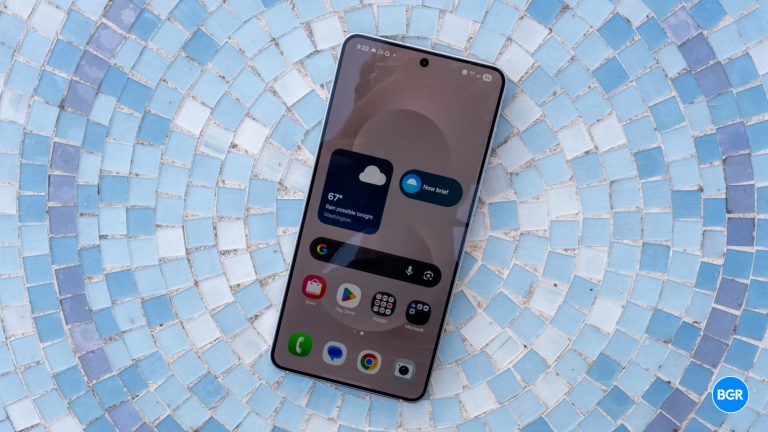
Really, there’s nothing wrong with this screen. Its resolution is high enough to make for crisp text and detailed images, and it easily gets bright enough for even outdoor use. None of this is a surprise, of course. Samsung has always been at the top of the game when it comes to display technology, but it’s still nice to see that even on a phone this thin, Samsung includes a high-end screen.
Samsung Galaxy S25 Edge review: Performance
Under the hood, the Samsung Galaxy S25 Edge has the same chipset as the other devices in the S25 series: the Qualcomm Snapdragon 8 Elite. It’s coupled with 12GB of RAM, and together, they make for a device that can easily handle heavy mobile gaming, multitasking, and so on. I never felt the phone slow down, and it never lagged or stuttered when I was trying to do something. Basically, it’s in line with the other best-performing Android phones you can get.

It actually might perform better than some of the other best-performing Android phones, too. Despite the thin build, Samsung has still managed to include a vapor chamber inside to help with cooling. I never found that the phone got hot during heavy usage.
Samsung Galaxy S25 Edge review: Battery and charging
So, what are the trade-offs to an ultra-thin device? Well, one of them comes in the form of battery capacity. While the battery in the Galaxy S25+ is 4,900mAh, the battery in the S25 Edge is only 3,900mAh — the smallest of any device in the Galaxy S25 series. That has a direct impact on battery life, especially considering the fact that the device has the same chipset and display.

To be clear, I found the battery still large enough to get me through a full day of moderate use, but heavy users might find that they need to charge the phone before the day ends. I certainly wouldn’t expect anyone to get two days of usage from the phone unless you put it on airplane mode and don’t really use it much. Again, average users will probably find that they can get through the day just fine, but don’t expect an ultra-long-lasting battery from this device.
The charging speed is only fine. The device supports 25W wired charging, which lags behind much of the competition. Thankfully, it supports 15W wireless charging through the Qi2 standard, but it’s branded as only being “Qi2 ready.” That basically means that it doesn’t have the magnets that allow a device to work with MagSafe and Qi2 accessories like wallets, magnetic charging stands, and so on. That’s a bit of a bummer, but at least you get the Qi2 charging speeds.
Samsung Galaxy S25 Edge review: Camera
The other major trade-off to make when buying the S25 Edge over the other S25 devices is the camera. Most noticeably, the phone only includes two cameras instead of three, lacking the telephoto camera that can be found on other Galaxy S25 devices and just about any other phone in this price range. In some ways, it makes sense that the telephoto camera was cut, as the telephoto camera is usually the one that extends the furthest or sits the deepest inside the phone, but it still means that you’ve got a much less versatile camera experience than you would get from any of the other devices in the lineup.
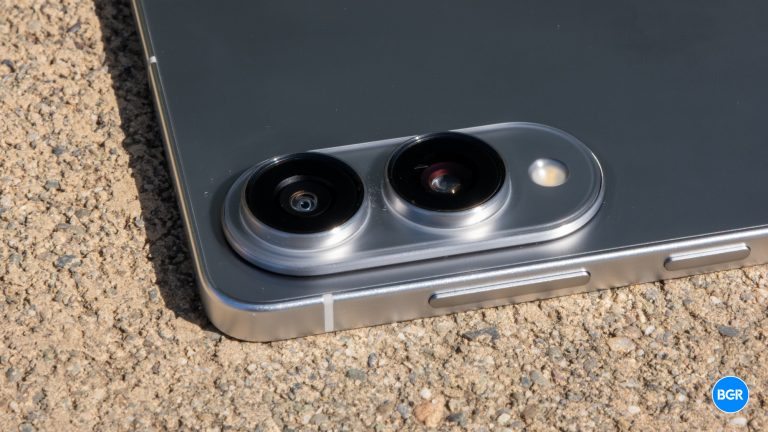
To a certain extent, Samsung can get around the lack of a telephoto camera using sensor crop technology on the ultra-high resolution 200 megapixel main camera. By cropping into the middle of the sensor, Samsung still gets to claim that the phone can capture 2x zoom at optical quality. To do so, however, you will need to be capturing images at a 200 megapixel resolution, as the default resolution for image capture is 12 megapixels, which makes use of pixel binning to capture more light. In other words, you do sacrifice some image quality to get that optical quality 2x zoom. Of course, the other elephant in the room is the fact that most flagship phones in this price range have telephoto cameras that zoom much further than 2x, instead often sitting at 5x.
Thankfully, nothing else about the camera experience on the S25 Edge is subpar. In well-lit environments, the phone is able to capture excellent images with good detail and vibrant colors. I did find that images looked a little better when captured in 12 megapixel mode instead of 200 megapixel mode, likely thanks to the pixel binning that can capture more light. That said, images at 2x still looked pretty good, even when they made use of digital zoom. It was hard to tell that there was any digital zoom unless you really zoomed into the resulting image, but without doing so, I doubt most will notice a difference. Unfortunately, you do start noticing more of a difference at 3x or 4x, which is much lower than what you would find from a phone with an actual telephoto camera.
The ultrawide camera produced decent shots too, and it has a macro mode that worked quite well. I did find that when swapping between the ultrawide camera and the main camera, images weren’t necessarily all that consistent some of the time, but most of the time they still remained decently consistent across lenses and modes.
In low lighting, the camera performed quite well too. Images at lower levels of zoom avoided noise and captured good detail. You can push the camera more easily than you would on other flagship phones by zooming in, though. Again, images at 2x or so still looked fine, but degradation accelerated quickly after that.
On the front, the phone has a 12 megapixel selfie camera, and the photos looked pretty good. The front camera handled challenging environments decently well, and portrait mode shots looked relatively natural.
All that to say that the camera on the Galaxy S25 Edge is pretty good, but I’m not sure it’s $1,100 good. It simply can’t compete with the likes of the Galaxy S25 Ultra or the iPhone 16 Pro, and that’s largely due to the lack of a telephoto camera. Perhaps one day sensor crop technology will work for much deeper levels of zoom, but we’re certainly not there yet, and if the camera quality is towards the top of your list when buying a new phone, it’s probably worth looking elsewhere.
Samsung Galaxy S25 Edge review: Software
One thing that is the same on this phone as the other Galaxy S25 devices is the software experience. The phone ships with the same Android skin as the others, meaning that if you like Samsung software, you’ll love it, and if you don’t, you won’t. I prefer the Pixel experience to One UI that Samsung makes, but I certainly don’t hate One UI. Again, if you’re used to it and like how it looks and feels, you’ll be perfectly happy with it here.
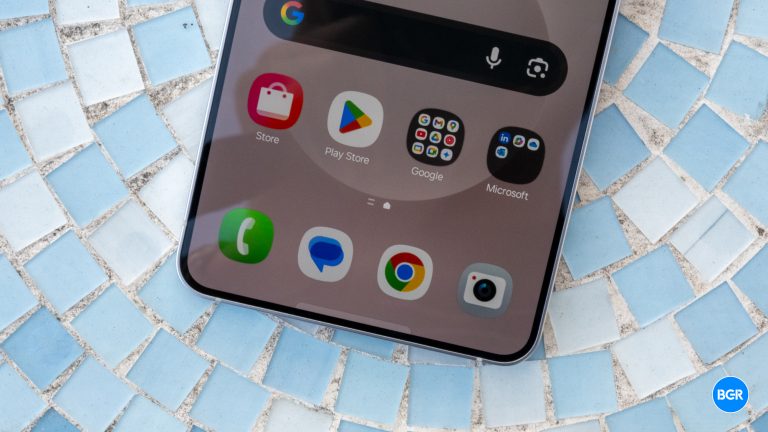
Like any other modern phone, the device supports a range of AI features that you may or may not use. They’re all bundled into Samsung’s Galaxy AI branding, which includes things like the Now Brief and Now Bar. These essentially show information like timers, health, and other live notifications. Of course, the phone also heavily integrates with Google’s Gemini, which includes things like Circle to Search and the newly free Gemini Live voice experience.
Over the last few years, Samsung has been upping its software support promises. Like the other Galaxy S25 devices, the S25 Edge is promised to get seven years of operating system updates. That’s class-leading, and while Samsung has yet to deliver on that promise, if it does, it should mean that its phones are about on par with Apple’s when it comes to software support.
Conclusions
The Samsung Galaxy S25 Edge is an interesting release. The ultra-thin build is certainly impressive, and the device isn’t bad at anything. At $1,100, not being bad at anything really isn’t enough. For the same money, you can get a phone that has a longer-lasting battery and a more versatile camera, and while you will sacrifice the ultra-thin look and feel, you’ll still get a flagship phone with a premium design and what most would consider to be a “thin enough” build.
In other words, you’re going to have to decide what’s more important to you. Do you want an industry-leading camera, long-lasting battery, and very premium design, or are you willing to sacrifice some of those things in favor of a thinner build? I suspect most will go for the former.
That said, I don’t want to discount the idea of a thin build quality too much — the phone really does feel stunning. But, I don’t think most people want to sacrifice features just to shave a few millimeters off the design. Is there a place for thin phones? Sure, but it may be worth getting there over time through iterative updates rather than throwing things like a telephoto camera and long-lasting battery out the window.
The competition
If you’re looking for an ultra-thin phone, then there really isn’t all that much competition right now. It’s likely that will change if this becomes more of a trend, but for now, the Galaxy S25 Edge kind of stands alone.
If you’re simply looking for the best phone you can buy for this kind of money, however, there are tons of options. It may be worth considering a device like the standard Galaxy S25 or S25 Plus if you want a more versatile camera and longer-lasting battery. Alternatively, a phone like the Pixel 9 Pro also has a very premium design. And, if you’re willing to spend a little more, you could get the Galaxy S25 Ultra, which has not one but two telephoto cameras.
Should I buy the Samsung Galaxy S25 Edge?
Maybe, but only if you like the idea of a super-thin phone and don’t mind sacrificing features to get it.



